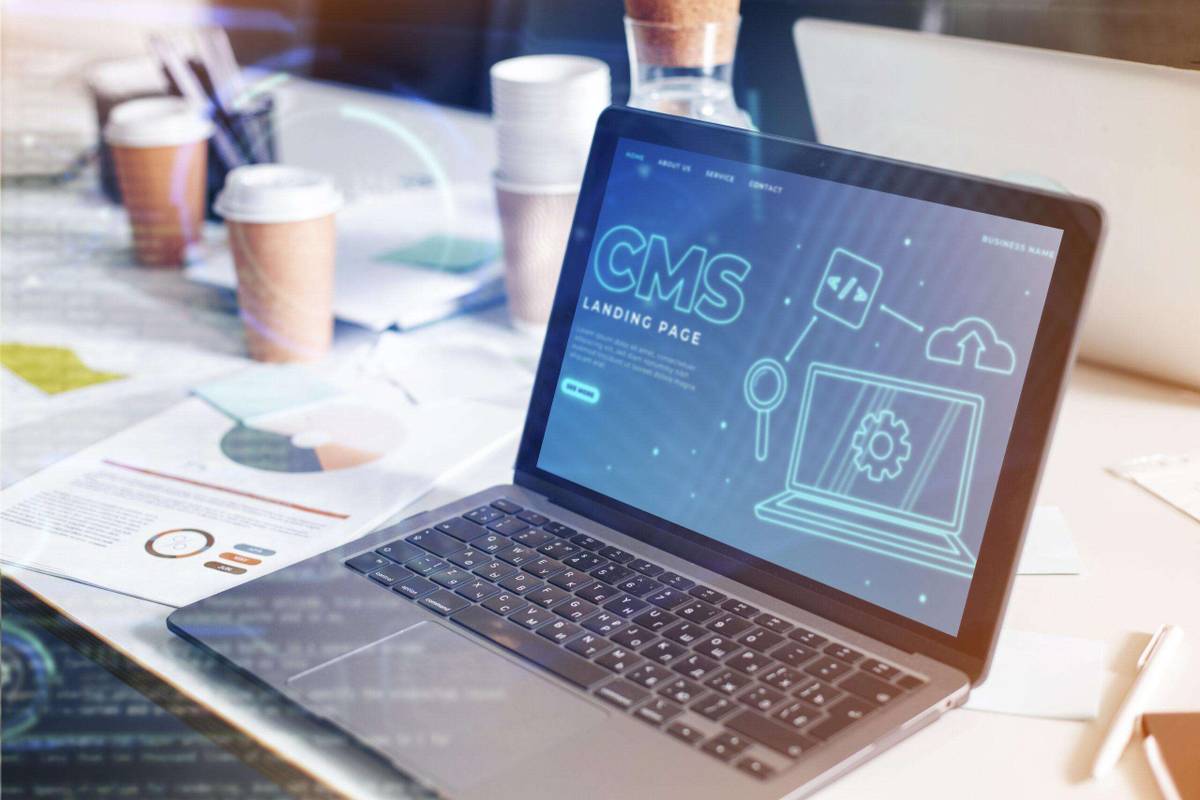As brands look for ways to offer seamless experiences for their consumers, omnichannel content must be distributed across many channels – website, app, digital kiosk, wearable device, or IoT device – creating the need for headless CMS to manage large-scale and complex omnichannel content for multiple consumer touchpoints.
Traditional CMS platforms tend to be the go-to solution when companies want a simple site, lack the development resources to craft an individual experience, or are content with templates similar to generic websites. But as more consumers access multiple experiences across platforms simultaneously, the demand for flexible, customizable technology has caused a split in the CMS marketplace, giving rise to the headless development of CMS.
To take this further, decoupled CMS architecture divides content management from the display, allowing developers to craft tech stacks tailored specifically
to their project’s needs. They also can distribute it across an unlimited number of channels – something headless CMS stands out from traditional systems which use template-based designs for front-end content presentation. The demand for headless CMS has given rise to custom website development services and solutions across the industry.
However, with a headless CMS, content is stored centrally and accessed through APIs by developers who create customized UIs to display it across any channel. Content editors work in tailored real-time collaboration environments using structured models that can be reused across channels without developer support. This enables the developers to focus on creating great codes.
What is a Headless CMS?
Headless CMSes give organizations a powerful system with endless potential by decoupling content from presentation. By making APIs accessible through various front-end applications such as websites, mobile apps, smartwatches, or virtual reality devices, they deliver material for use by them all – be they websites, mobile apps, or virtual reality. This enables a powerful decoupling between information and presentation that brings many possibilities for their use within organizations.
Developers have complete freedom in choosing and working with their preferred front-end tools, frameworks, and development processes without interference from the headless CMS – resulting in faster project completion timeframes and reduced development costs.
The rise of headless CMS
Headless websites have become increasingly popular as organizations strive to deliver seamless omnichannel experiences across channels. Their modularity, power, flexibility, and scaling potential make them ideal for businesses of any size; additionally, being API based, they are safer from DDoS attacks or any potential security risks. Headless CMSs make content editors work in tandem with developers, eliminating duplication of efforts when creating or updating content for different channels.
The rise of headless web development results in decreased development time and resource costs for teams and improved efficiencies when working with other systems such as CRM tools, product information management (PIM) software, or enterprise resource planning (ERP) programs.
How does a Headless CMS work?
Headless CMSs simplify omnichannel experience deployment and management by separating content from presentation layers, making the content layer easily deployable by developers. At the same time, the front end is built using preferred technologies and frameworks, with access to headless APIs for content retrieval. This approach also alleviates the need to write duplicate code for identical content across various front-end systems.
With traditional CMSes, that same piece of content might need to be coded multiple times for use across four or five front-end systems; but in headless CMSes, content can be reused because each front-end system takes responsibility for its display and presentation. Headless CMSs feature flexible integration capabilities that enable developers to connect the platform with various CRMs, product information management software, enterprise resource planning (ERP) tools, and marketing automation programs.
Difference – Headless vs Traditional CMS
Headless CMSes differ from traditional CMS platforms in that they focus solely on storing and managing raw data – this means any front-end platform can consume any content stored without worrying about how it will be presented to users. Digital teams can now utilize headless CMSs to efficiently and effectively manage content across apps, websites, voice assistants, and print products from one central place – dramatically expanding the reach and efficiency of the company’s content strategy.
Let’s have a look at Headless CMS vs. Traditional CMS comparison
- Architecture: Traditional CMS offers One-to-one, while Headless CMS offers One-to-many.
- Extensibility: Traditional CMS offers Monolithic, while Headless CMS offers Modular.
- Device Compatibility: Traditional CMS is Limited, while Headless CMS is Responsive by Design.
- Engineering: Traditional CMS is DIY Engineering, while Headless CMS is Managed Engineering.
- Speed: Traditional CMS has Higher Load Times, while Headless CMS has Lower Load Times.
Content created through a headless CMS can also be easily reused, enabling teams to apply the COPE principle of “create once, publish everywhere.” Furthermore, its decoupled architecture allows developers to add other applications that further enrich it, such as customer relationship management (CRM) systems, enterprise resource planning (ERP), or marketing automation programs to deliver personalized and omnichannel experiences for every user, no matter where they may be found.
Headless CMS Benefits
Headless web development offers many advantages to businesses requiring greater content creation, marketing, and distribution flexibility. By isolating back-end content management from front-end presentation layers, headless CMSs give developers more freedom to work with tools of their choosing while keeping front-ends current with evolving technology without impairing their CMS’ ability to manage content effectively.
Headless CMSs also provide greater security than traditional systems because they isolate the content layer from the front end. Because attacks target only this part, any security threats affecting one area do not necessarily have an adverse impact on all aspects of the CMS.
Who needs a headless CMS?
Headless CMS architecture allows content to connect seamlessly with any number of external software and services – providing marketers with a platform for building omnichannel experiences at scale. Headless development is proved to be a boon for industries that face a unique set of challenges when it comes to providing personalized and highly relevant digital experiences across various platforms, channels, and devices.
The travel industry, stock exchange, astronomy, and several such industries that must manage real-time content across an omnichannel presence that includes owned web properties, third-party search sites, email, social media, and physical displays strongly require headless websites. A headless CMS serves as the underlying content repository that structures and delivers it for each of these experiences while upholding data consistency.
How to choose the right headless CMS?
Your choice of headless CMS can make all the difference when it comes to meeting your digital experience goals or not. Your selection will impact multiple teams within your organization – marketing, content editors, and front-end developers all have unique requirements for managing digital experiences and content management.
Technical teams should focus on finding a platform that supports your preferred front-end tools and enables an easy switch between frameworks or programming languages without impacting the content or presentation layer. You should also ensure the headless CMS offers a variety of APIs, Software Development Kits, and webhooks for extended functionality.
Keep your enterprise-specific features in mind when choosing a headless CMS, such as cloud hosting, round-the-clock availability, scalability and performance guarantees, content migration tools, and content migration guarantees; they could all prove crucial for its future success. Lastly, ensure your chosen headless CMS offers detailed documentation to support and assist your team’s use.
Key Takeaways
As companies search for ways to optimize their tech stacks and increase content value, headless development has become increasingly popular as organizations seek ways to find solutions tailored specifically to them. It is crucial that they understand how these systems function as they may offer advantages over traditional ones. Implementing a successful headless CMS relies on having a comprehensive API with a well-documented interface. With the rise in demand for custom web development services and as more marketers adopt headless CMS, this API will become the cornerstone of an increasingly mature platform capable of handling advanced functionalities like analytics, personalization, and commerce.




